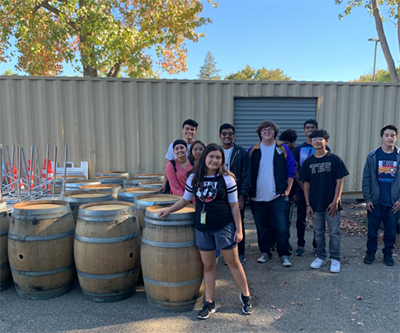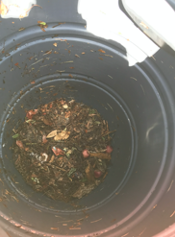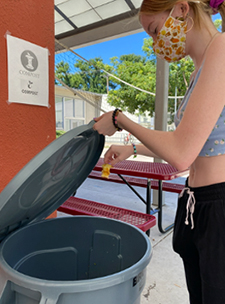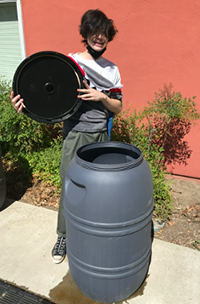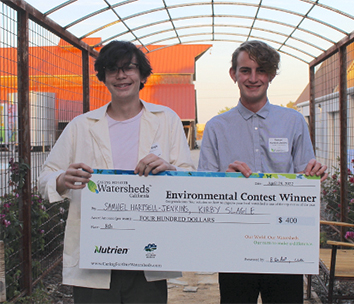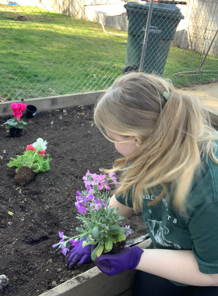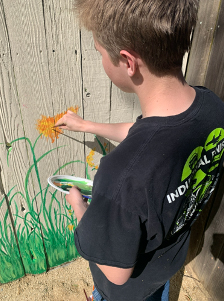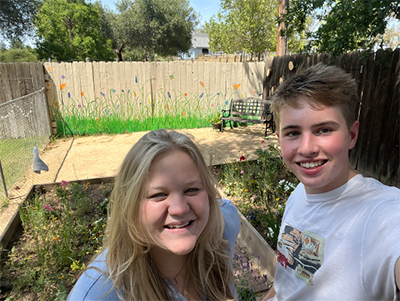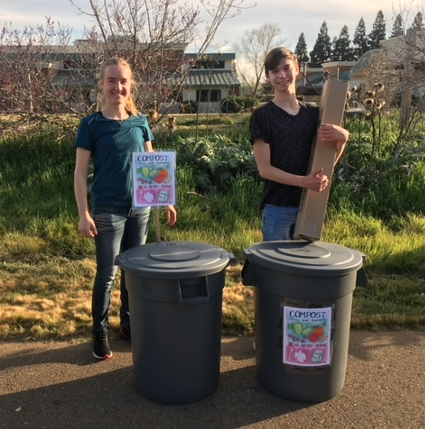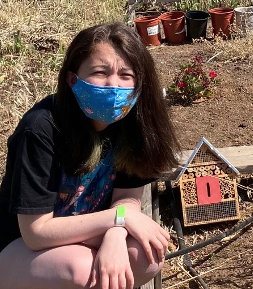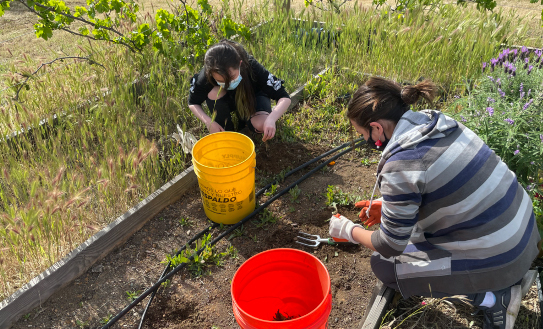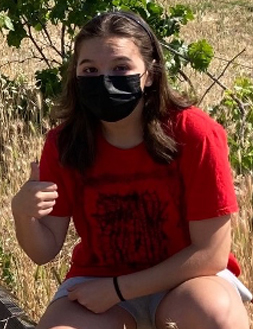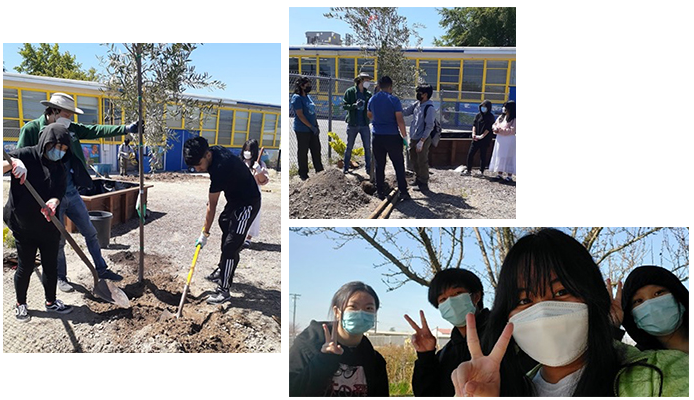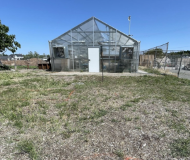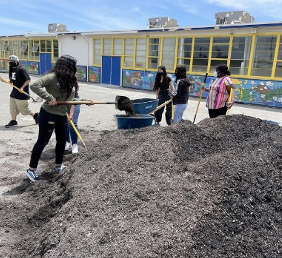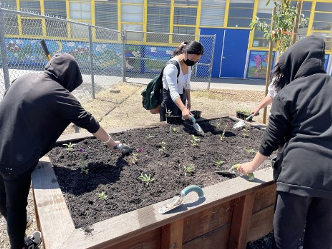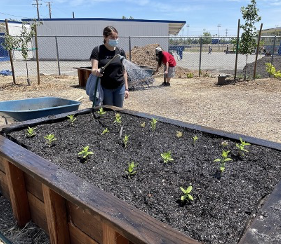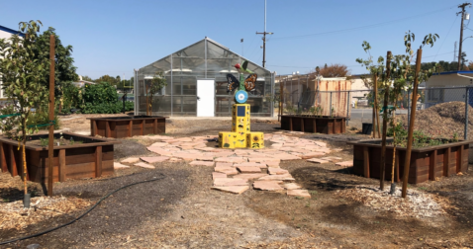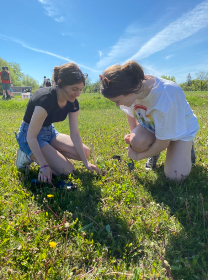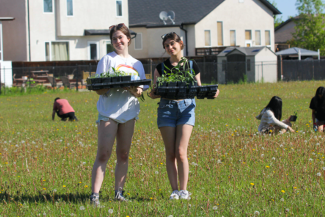Rocky Mountain HS, Fort Collins, Colorado, USA
As of 2022, the Cameron Peak Fire has been the largest wildfire in Colorado history. It is suspected to be human caused. After remaining under 25,000 acres for three weeks, dry conditions and high winds fed the fire allowing it to burn 208,913 acres in total. The fire started on August 13, 2020, and wildlife, humans, and other organisms in this watershed are continuing to feel the impacts of this fire more and more – and will continue to be a trend. Miles Willard from Rocky Mountain High School had firsthand experience seeing the effects from the fire and wanted to take action. The destruction from the fire left behind very little vegetation increasing erosion. This in turn contaminates runoff water with ash, soil, and debris and is exacerbated during flooding events. To address his concern, Miles worked with the City of Greeley and the Coalition for the Poudre River Watershed to plan 300 ponderosa pines in the Sheep Creek area of the Cache La Poudre Watershed. These trees are instrumental in forming natural barriers and holding soil in place and out from the river, with their roots spanning over a mile deep, while also providing habitats for wildlife. Miles contributed to Targets 6.6 and 15.4 of the Sustainable Development Goals.

